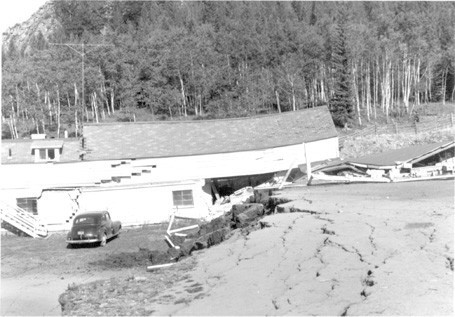Yellowstone Super Volcano Threatens Two Thirds of USA
Scientists say lake of molten rock underneath Yellowstone National Park is 80km long and 20km wide

The reservoir of lava beneath Yellowstone National Park is at least twice as big as scientists previously thought.
Researchers from the University of Utah say the lake of molten rock is at least two-and-a-half times larger than the previous estimate, with pictures showing the reservoir measures 80km long and 20km wide.
Reported in Nature, geophysicist Robert Smith said: "I don't know of any other magma body that's been imaged that's that big."
Scientists reported their finding at the annual meeting of the Geological Society of America in Denver, Colorado.
Yellowstone is the largest supervolcano on the continent and has erupted several times in the last two million years.
If it was to erupt today, some scientists predict a cloud of plant-killing ash would affect areas up to 1,000 miles away, with two thirds of the US becoming uninhabitable.
Yellowstone is famous for its underground lava lake, which fuels the park's hot springs. Most of the molten rock likes a few kilometres below Earth's surface.

Jamie Farrell, a researcher at the University of Utah, mapped the reservoir by analysing data from over 4,500 earthquakes: "Seismic waves travel more slowly through molten rock than through solid rock, and seismometers can detect those changes," Nature reports.
The scientists found the molten reservoir underlies most of the Yellowstone caldera.
Despite this upward estimate, the team say the biggest threat posed by Yellowstone is not a volcanic eruption, but an earthquake.
Above the reservoir lies a crust where rocks are cooler and more brittle, meaning they fracture earthquakes during earthquakes, which are common to the area around Yellowstone.
Smith said earthquakes of magnitude seven or more are cause for more concern than an eruption. In 1959, a magnitude 7.3 earthquake that hit near Yellowstone killed 28 people.
The researchers believe earthquakes of this magnitude will become more common as the area around the park is "stretched and thinned by geological forces".
"They are the killer events which we've already had," Smith said.
© Copyright IBTimes 2024. All rights reserved.























